Assessing the Longevity of Meat Processing Equipment: A Comprehensive Guide
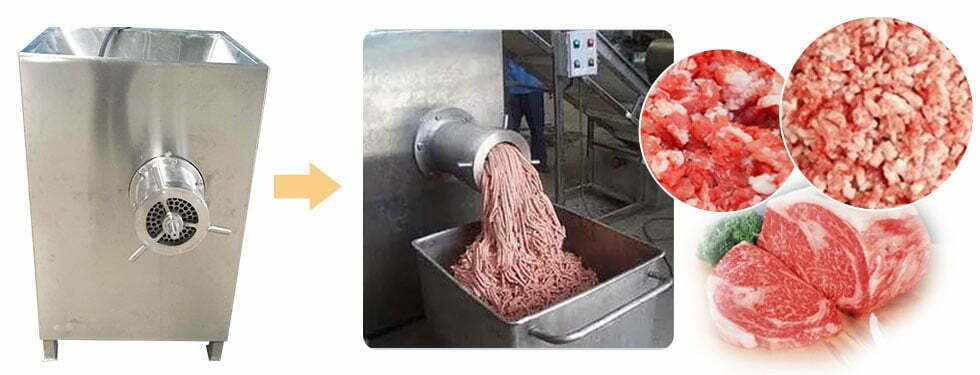
Introduction
In the demanding world of meat processing, equipment isn’t simply a tool – it’s a critical investment. Durability, therefore, isn’t merely a desirable attribute; it’s a foundational requirement for operational success. Choosing robust, long-lasting equipment translates directly into increased production efficiency, reduced maintenance costs, minimized downtime, and ultimately, a healthier bottom line. This guide delves into the multifaceted aspects of assessing equipment durability, equipping you with the knowledge to make informed decisions that safeguard your investment and ensure sustained productivity.
How Durability Impacts Meat Processing Plant Operations
High-durability equipment acts as a bulwark against operational disruptions. It demonstrably reduces downtime, a costly consequence of frequent breakdowns. This translates into consistent production flow and the ability to meet market demands reliably. Furthermore, durable equipment minimizes long-term operating costs by reducing the frequency of repairs, replacements, and associated labor expenses. Crucially, equipment longevity is inextricably linked to food safety standards. A compromised machine, prone to malfunction or material degradation, can introduce contaminants and jeopardize product integrity.
Key Durability Indicators: Judging an Equipment’s Staying Power
Determining whether a piece of equipment is truly built to last requires a discerning eye and an understanding of key performance indicators.
Equipment Lifespan: Calculating actual lifespan involves considering the expected operational hours, the intensity of use, and the environmental conditions. Don’t solely rely on manufacturer claims; seek data from comparable installations.
Operational Stability: This measures the equipment’s ability to function consistently and reliably over extended periods of continuous operation. Look for designs that minimize vibration, stress points, and susceptibility to wear.
Maintenance Requirements: While all equipment requires maintenance, a high frequency of repairs or adjustments can signal inherent design flaws or substandard materials. A low maintenance profile is generally indicative of superior durability.
Material Corrosion Resistance: The longevity of stainless steel, alloys, and plastic components varies significantly. Understanding the corrosive effects of common cleaning agents and meat byproducts is crucial.
The Influence of Equipment Materials on Durability
Food-Grade Stainless Steel: Why It’s the Preferred Material
Stainless steel reigns supreme in meat processing due to its exceptional corrosion resistance, hygienic properties, and durability. Its ability to withstand harsh cleaning agents and resist bacterial colonization makes it indispensable. Grades 304 and 316 offer varying levels of corrosion resistance, with 316 being particularly suited for environments with high chloride concentrations.
Aluminum Alloy vs. Carbon Steel: Which Material Suits Different Meat Processing Environments?
Aluminum alloys offer a lightweight alternative with good corrosion resistance, but they are generally less durable than stainless steel. Carbon steel, while strong, is highly susceptible to rust and requires protective coatings. Aluminum is suitable for less demanding applications, while stainless steel is the preferred choice for critical processing areas.
Sealing Materials & Wear Components: How They Impact Overall Lifespan
The durability of seals, bearings, and other wear components significantly impacts the overall lifespan of the equipment. High-quality seals prevent leaks and contamination, while robust bearings ensure smooth operation and minimize friction. Consider materials like PTFE (Teflon) and specialized polymers for enhanced wear resistance.
Equipment Welding Processes: Laser Welding vs. Traditional Welding Durability Comparison
Laser welding offers superior precision, strength, and corrosion resistance compared to traditional welding methods. The narrow heat-affected zone minimizes material distortion and creates a cleaner, more durable weld. This is particularly important for equipment exposed to harsh cleaning environments.
How Manufacturing Processes Determine Equipment Durability
High-Precision Machining Techniques Enhance Equipment Durability
Employing high-precision machining techniques, such as CNC (Computer Numerical Control) milling and turning, ensures tight tolerances and accurate component fabrication. This minimizes stress concentrations and improves the overall structural integrity of the equipment.
Assembly Processes & Equipment Robustness
The quality of the assembly process is paramount. Properly torqued fasteners, precise alignment, and meticulous attention to detail contribute to a robust and durable machine. Look for manufacturers with documented quality control procedures.
Ergonomic Design & Reduced Premature Damage
Equipment designed with ergonomics in mind reduces operator fatigue and minimizes the risk of accidental damage. Intuitive controls, easy access for maintenance, and thoughtful design features contribute to a longer lifespan.
Compliance with ISO 9001 Quality Management Systems
Certification to ISO 9001 demonstrates a commitment to quality management and consistent manufacturing processes. This provides assurance that the equipment has been produced to rigorous standards.
How Automation Level Impacts Equipment Durability
Mechanical vs. Intelligent Equipment: Which is More Durable?
While mechanical equipment is often simpler and potentially more robust in certain aspects, intelligent equipment, equipped with sensors and automated controls, can proactively manage wear and tear, extending its lifespan.
Sensors, AI Monitoring & Remote Diagnostics Extend Equipment Life
Sensors monitor critical parameters like temperature, pressure, and vibration, providing early warnings of potential problems. AI-powered analytics can predict failures and optimize maintenance schedules. Remote diagnostics allow for rapid troubleshooting and minimize downtime.
Automatic Lubrication Systems Reduce Mechanical Wear
Automatic lubrication systems ensure consistent and precise lubrication of moving parts, reducing friction, wear, and the risk of premature failure.
Assessing Equipment Durability Through Testing & Certification
HACCP, ISO 22000, & Other Food Safety Certifications & Equipment Durability
While primarily focused on food safety, these certifications often require equipment to be constructed from durable, hygienic materials and designed for easy cleaning and sanitation, indirectly contributing to longevity.
Durability Testing: How Manufacturers Conduct Stress Tests
Reputable manufacturers conduct rigorous stress tests, including vibration testing, corrosion resistance testing, and fatigue testing, to assess the equipment’s ability to withstand real-world conditions.
Simulated Long-Run Tests: Estimating Equipment Limits
Simulating extended periods of operation under realistic conditions allows manufacturers to identify potential weaknesses and refine their designs.
Are Third-Party Quality Certifications Trustworthy?
Third-party certifications from reputable organizations can provide independent verification of equipment quality and durability. However, it’s crucial to verify the credibility of the certifying body.
Practical Durability Assessment Methods in Operation
Trial Period Evaluation: Testing Equipment Durability in a Short Timeframe
Requesting a trial period allows you to evaluate the equipment’s performance under your specific operating conditions.
Performance in Extreme Temperature & Humidity Environments
Assess how the equipment performs in the temperature and humidity ranges typical of your processing environment.
Energy Efficiency Ratio (EER) & Durability Relationship
While not directly correlated, energy-efficient equipment often incorporates higher-quality components and more robust designs, potentially contributing to greater durability.
Comparing User Feedback & Market Reputation Across Brands
Researching user reviews, industry forums, and market reports can provide valuable insights into the real-world durability of different brands and models.
The Impact of Equipment Maintenance on Durability
Daily Cleaning & Preventing Premature Equipment Damage
Regular cleaning removes debris, prevents corrosion, and minimizes the risk of bacterial contamination, extending the equipment’s lifespan.
Lubrication & Wear Control: Preventing Component Aging
Proper lubrication reduces friction, minimizes wear, and prevents premature failure of moving parts.
The Necessity of Regular Equipment Inspections & Maintenance Plans
Establishing a proactive maintenance schedule, including regular inspections, lubrication, and component replacements, is crucial for maximizing equipment lifespan.
Replacing Wear Parts vs. Full Machine Repair: Balancing Cost & Durability
Replacing worn components is often more cost-effective than a full machine repair. However, if the damage is extensive, a complete overhaul or replacement may be necessary.
Brand & Supplier Influence on Equipment Durability
Do Well-Known Brands Offer Greater Durability Than Smaller Manufacturers?
Established brands often have a longer track record of quality and reliability, but smaller manufacturers can also offer durable equipment, particularly if they specialize in niche applications.
How Supplier After-Sales Support Impacts Long-Term Value
Responsive after-sales support, including readily available spare parts and technical assistance, is crucial for minimizing downtime and maximizing equipment lifespan.
Original Parts Availability & Maintenance Cycle Determination
The availability of original parts is essential for maintaining the equipment’s performance and durability.
Is Investing in Extended Warranties Worthwhile?
Extended warranties can provide peace of mind and protect against unexpected repair costs.
Leveraging Data Analysis to Predict Equipment Durability
How Operational Data Reveals Actual Equipment Endurance
Analyzing operational data, such as run hours, temperature fluctuations, and maintenance records, can provide valuable insights into the equipment’s actual durability.
IoT (Internet of Things) & Optimizing Equipment Maintenance Strategies
IoT sensors can collect real-time data on equipment performance, enabling predictive maintenance and optimizing maintenance schedules.
Production Records & Identifying Equipment Replacement Needs
Tracking production records can help identify equipment that is consistently underperforming or requiring frequent repairs, signaling the need for replacement.
Data-Driven Preventative Maintenance & Extending Equipment Lifespan
Implementing a data-driven preventative maintenance program can significantly extend equipment lifespan and reduce downtime.
Is Used Equipment More Durable Than New Equipment?
Assessing the Durability of Used Equipment
Used equipment can be a cost-effective option, but its durability must be carefully assessed.
Key Components to Inspect When Purchasing Used Equipment
Inspect critical components like motors, bearings, seals, and welding joints for wear and tear.
Refurbished Equipment Performance vs. New Equipment
Refurbished equipment can offer comparable performance to new equipment, but it’s essential to verify the quality of the refurbishment process.
When Should You Consider Purchasing New Equipment Instead of Refurbishing Old Equipment?
If the equipment is severely damaged, obsolete, or lacks essential safety features, purchasing new equipment is often the more prudent option.
Common Questions Answered (FAQ)
How do I quickly judge the durability of a piece of equipment?
Focus on key indicators: material quality (stainless steel grade), manufacturing processes (welding quality, precision machining), and user reviews. A robust build and positive feedback from other operators are strong signals.
Do different brands exhibit noticeable differences in durability?
Yes, there can be significant variations. Imported brands often prioritize advanced features, while domestic brands may focus on ruggedness and ease of maintenance. Researching brand reputations and comparing specifications is crucial.
Is high-durability equipment always expensive?
Not necessarily. While premium equipment often comes with a higher price tag, it’s possible to find cost-effective options that offer a good balance of durability and affordability. Prioritize essential features and avoid unnecessary bells and whistles.
Is meat processing equipment maintenance costly?
Maintenance costs can be substantial, but proactive maintenance can mitigate them. Regular cleaning, lubrication, and inspections are essential. Factor maintenance costs into your total cost of ownership calculations.
How can I test a machine’s actual durability before purchasing?
Request a trial period to evaluate performance under your specific conditions. If possible, visit facilities using the same equipment to observe its real-world operation. Consider a third-party inspection for a comprehensive assessment.
Can upgrading components improve an existing machine’s durability?
Yes, replacing worn or outdated components with higher-quality alternatives can extend the machine’s lifespan. However, assess whether the cost of upgrades justifies the investment compared to purchasing a new machine.
How can I extend the lifespan of durable equipment after purchase?
Implement a rigorous preventative maintenance program, train operators on proper usage, and address minor issues promptly. Regular inspections and timely repairs are key to maximizing longevity.
Summary
Choosing durable equipment isn’t merely a short-term decision; it’s a long-term investment in the success of your meat processing operation. By employing a scientific approach, prioritizing quality, and embracing proactive maintenance strategies, you can ensure that your equipment delivers consistent performance, minimizes downtime, and contributes to a sustainable and profitable future.
Must-Read Blogs For Chain Restaurants Owner

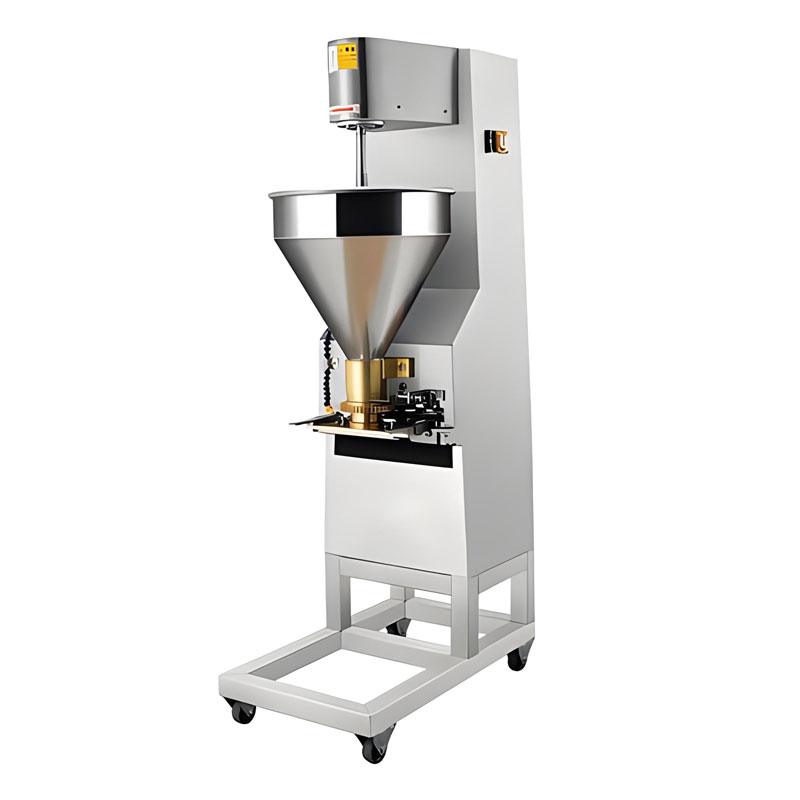
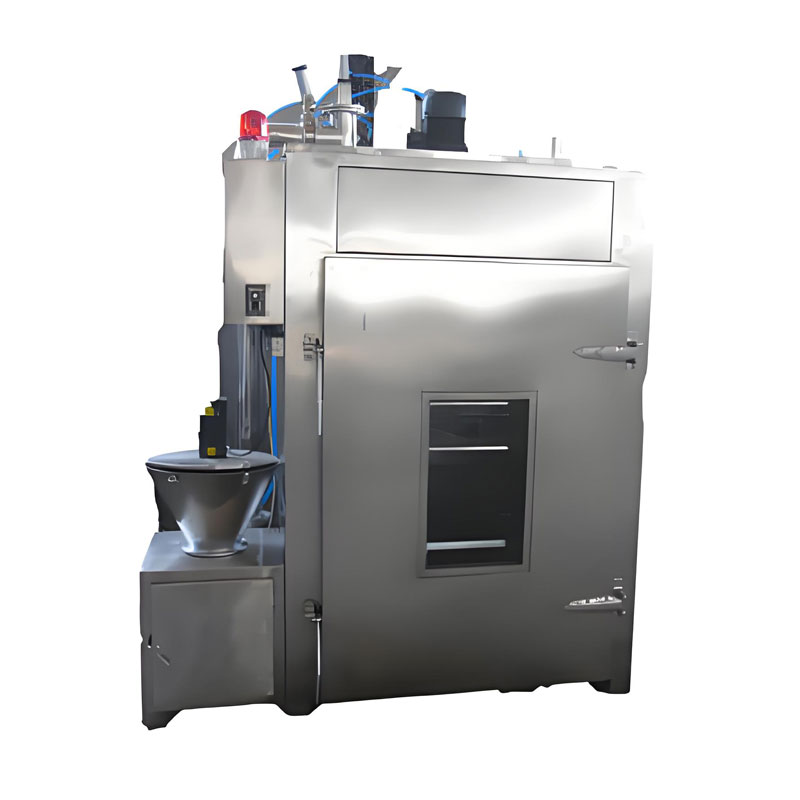
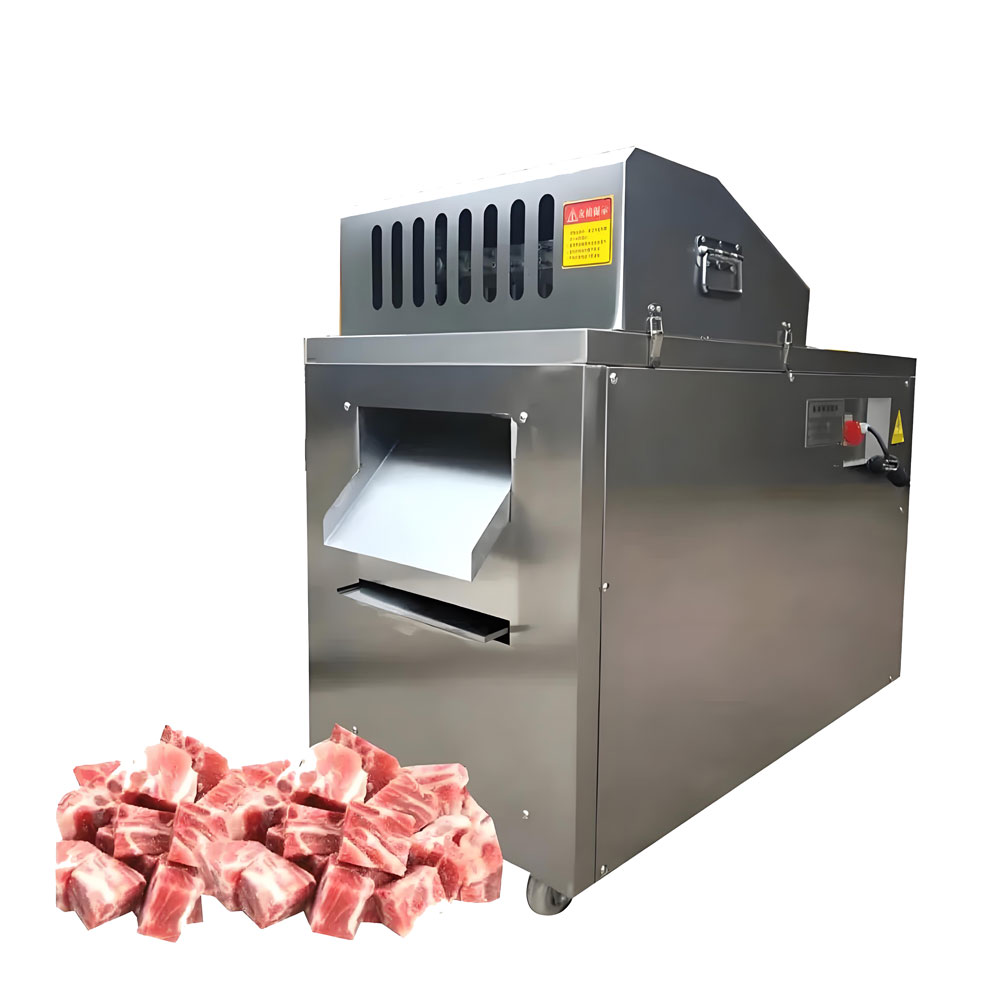
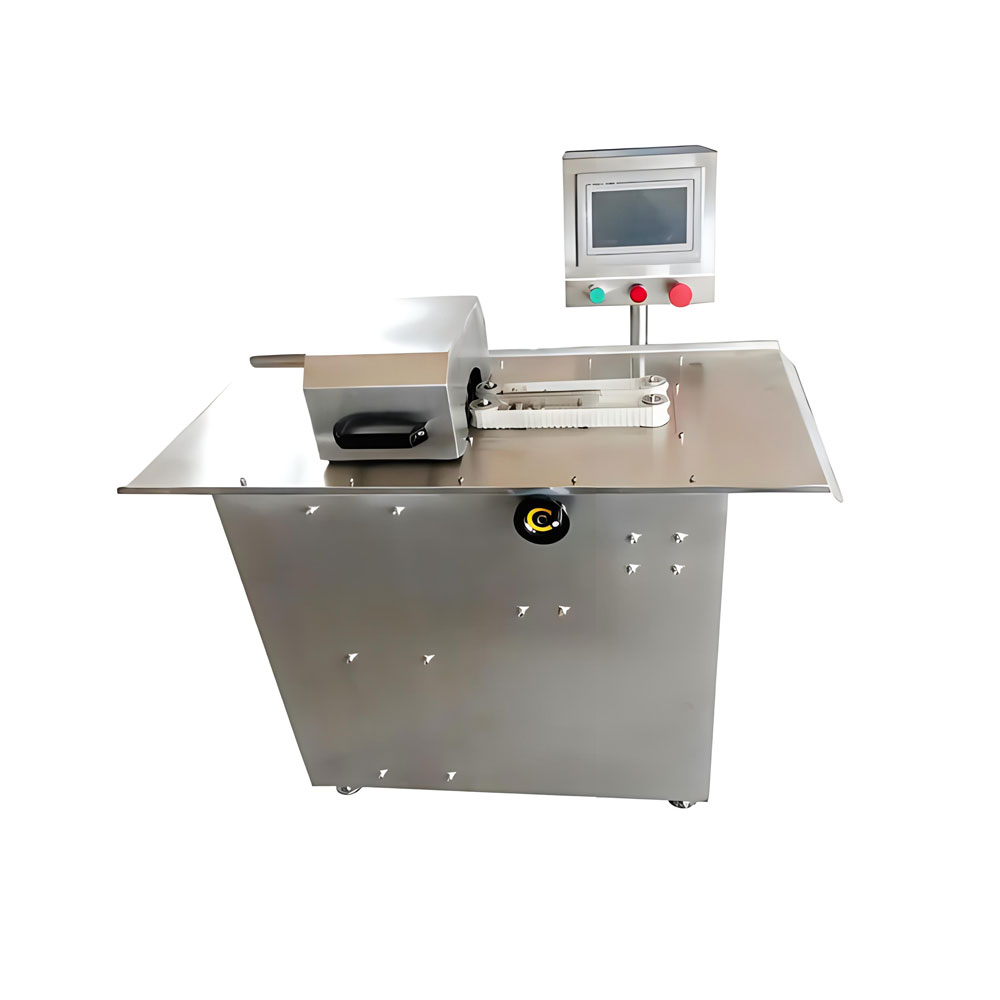
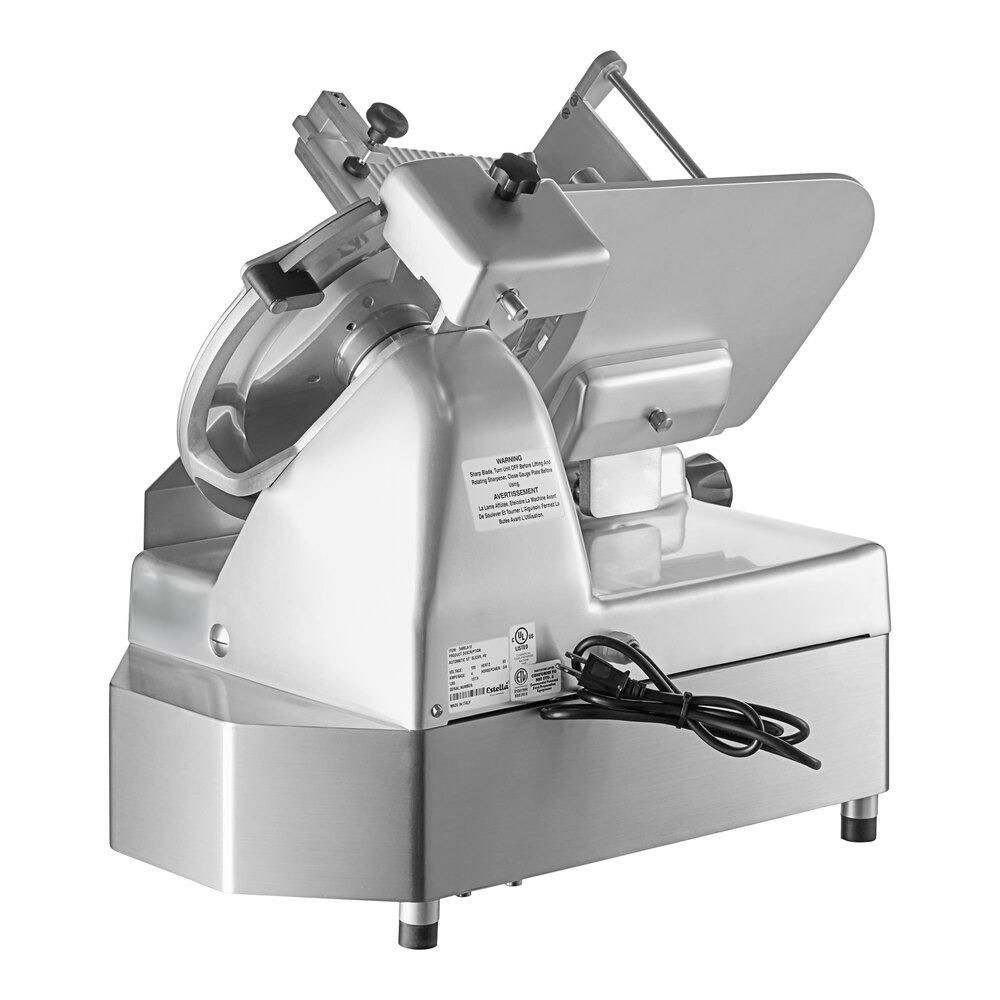
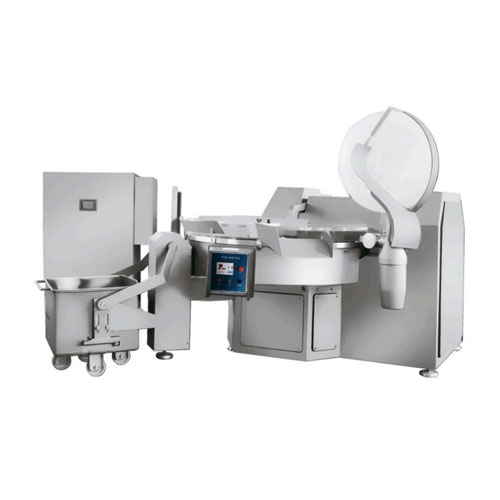
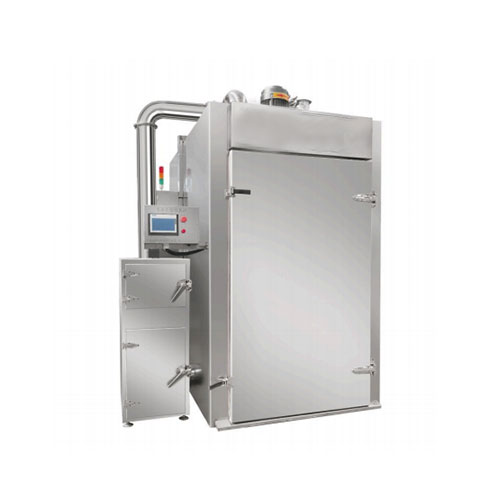
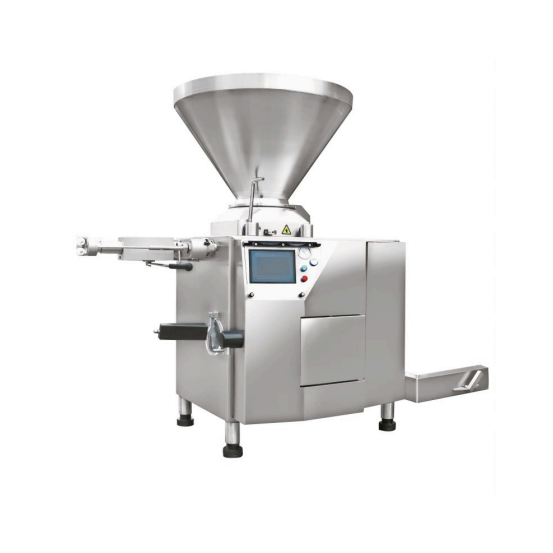
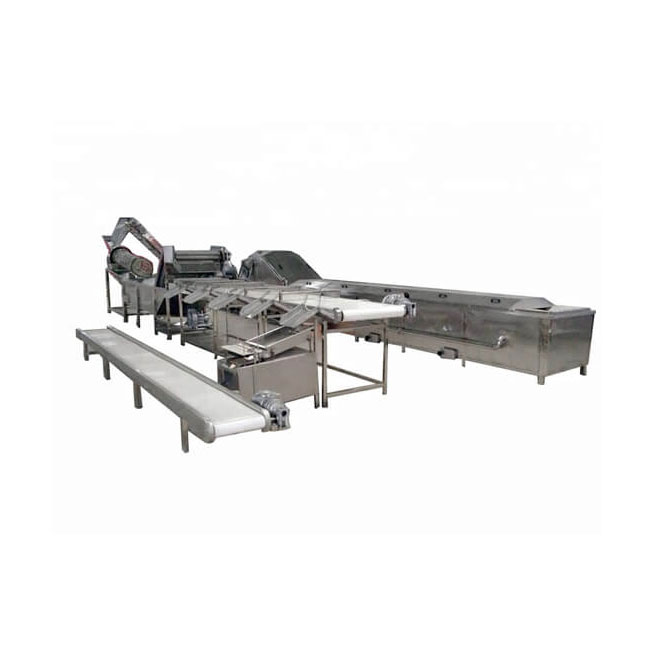
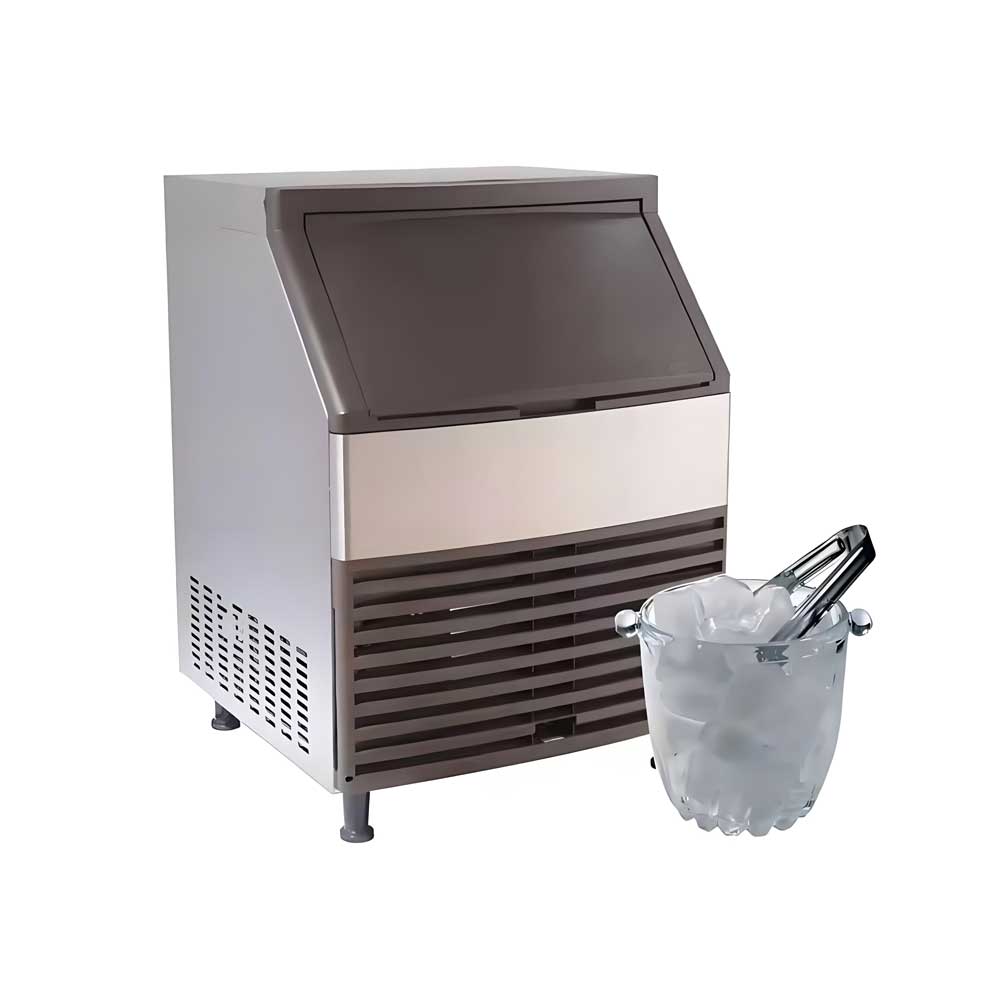
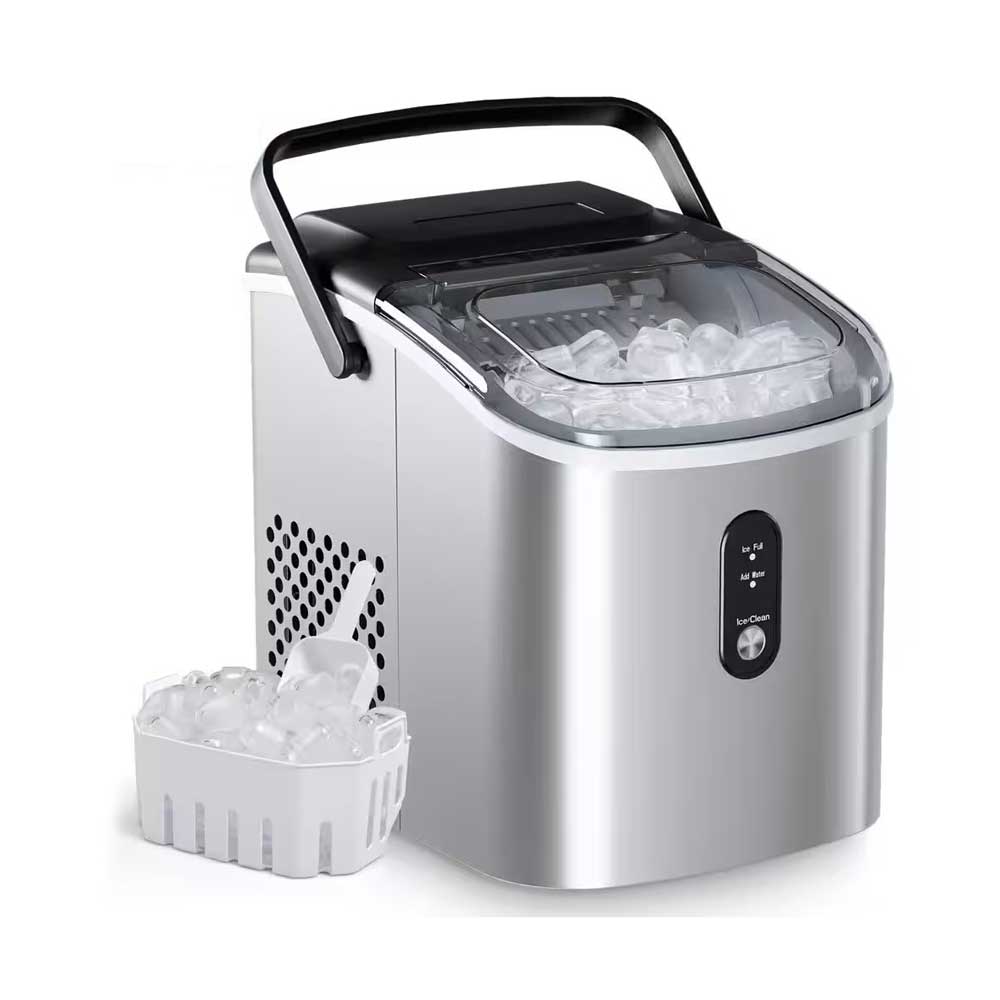 Portable Flake Ice Machine
Portable Flake Ice Machine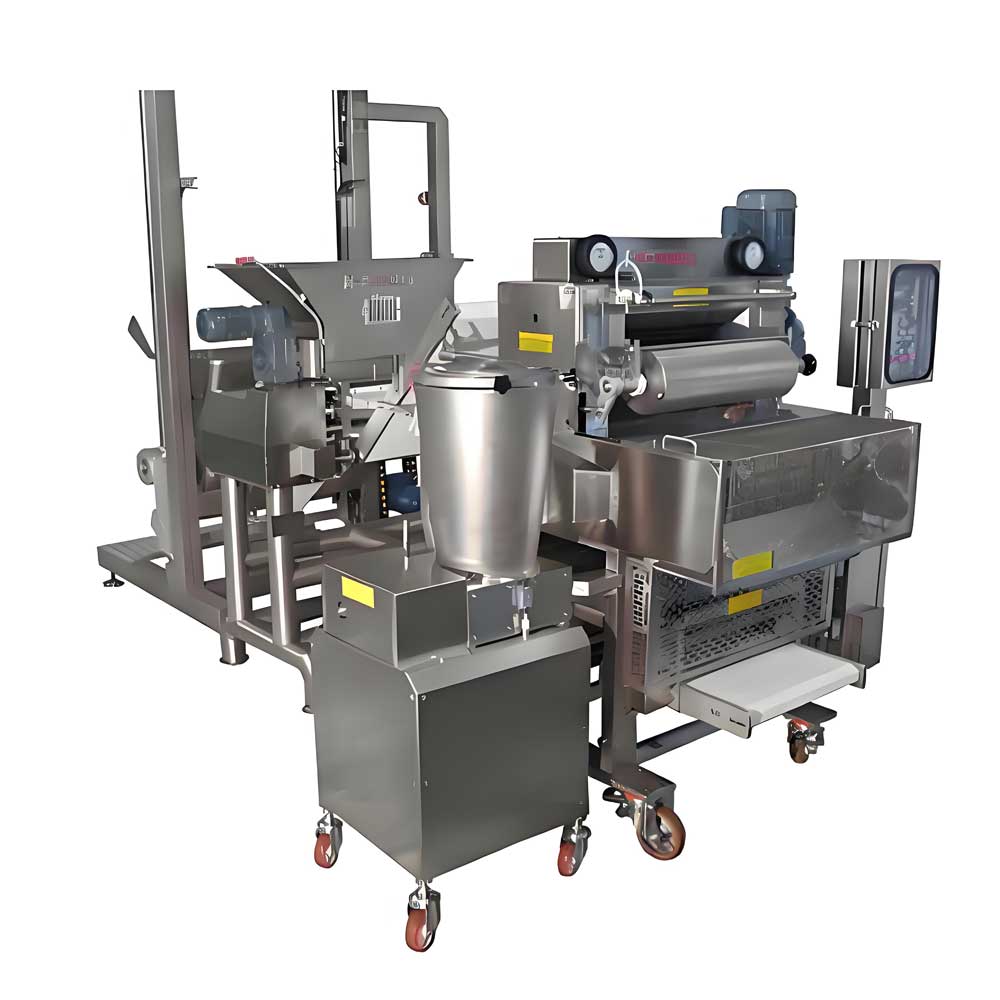 Pelmeni Making Machine
Pelmeni Making Machine
Ready to Get Started?